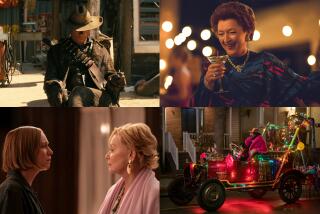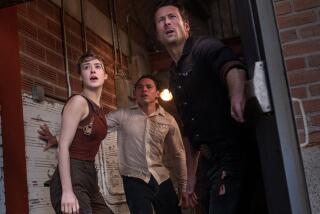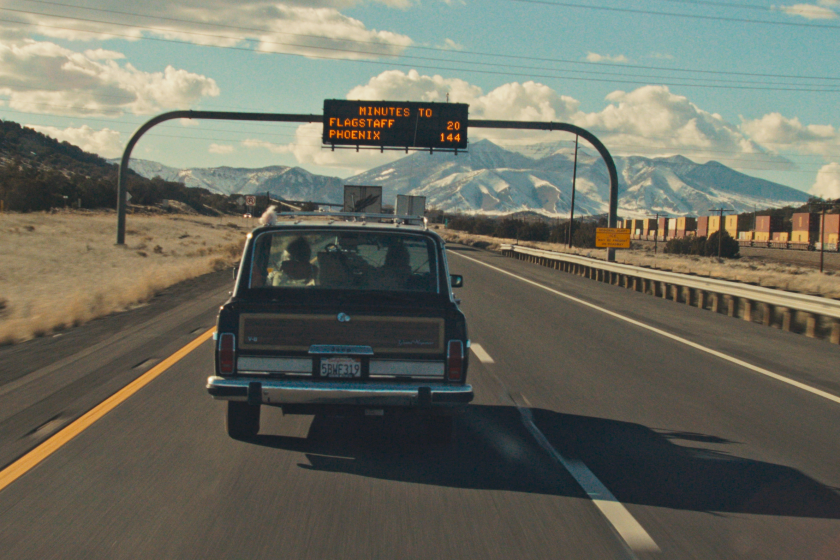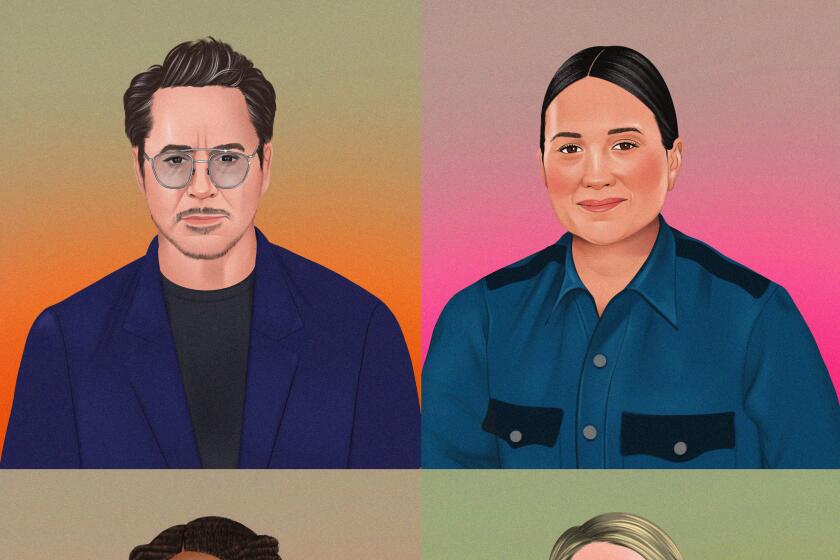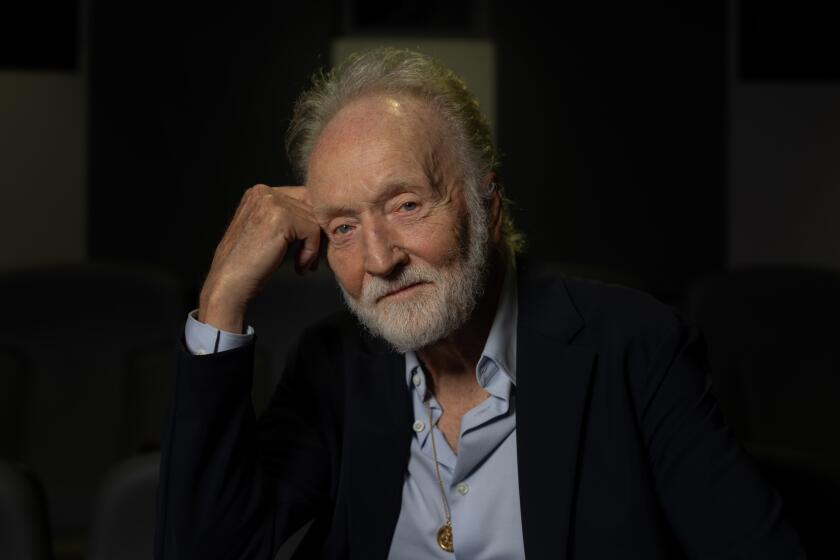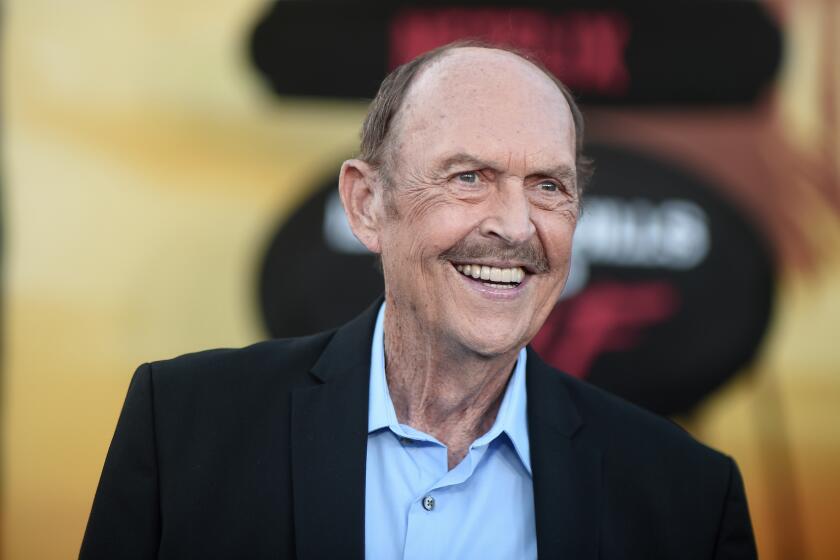Film editors make the story work on multiple fronts
Movies are never just one story. Thanks to skillful writers, directors and — ultimately — editors, they interweave multiple tales to reveal a deeper, more emotionally resonant story. But accomplishing this is never just a simple cut-and-paste job, as these three editors reveal.
Kayla Emter (‘Hustlers’)
Story within the story: Tonally, “Hustlers” is already two things: comedy and dramedy. Additionally, multiple members of the ensemble have their own stories to tell. With montages, voice-overs and sound effects, Emter and director Lorene Scafaria had a lot of material to work with; the trick was to make it all fit together. “What I didn’t realize until I was in the editing room is that even though Destiny [Constance Wu] is telling the story, it’s how she’s telling the story that is so revealing,” says Emter. “The subtext is all right there.”
Make the cut: “It was like midnight, a few hours before we showed the first cut to the studio, and Lorene said, ‘Either I have the most brilliant or the worst idea,’” recalled Emter, of the conversation that led to having the audio of an entire scene piped through a hidden mic on a key character. “It really strengthened our point of view and gave the scene a sense of purpose.”
Mark Eckersley (‘The Aeronauts’)
Story within the story: Though most of the action of “Aeronauts” takes place in a wild hot air balloon journey that plays out in real time, flashbacks were key to adding depth to the lead characters, leading to a total of five story lines that Eckersley had to pace out during the production. “It feels like a simple structure, but it’s complicated when you pull it apart,” he says.
Make the cut: Audience tests helped provide a guide to splicing together not just the main ride, but the histories of the two leads, “mission control” on the ground and the much older trauma of one of the key characters. “We discovered people wanted flashbacks earlier in the story, so we put them earlier in the film — that meant Amelia [Felicity Jones] could let go of her psychological trauma that had burdened her earlier on,” he recalls. “What felt like a classic adventure story was, in its DNA, quite unorthodox.”
Greg O’Bryant (‘The Report’)
Story within the story: A government worker reading through thousands of pages of documents to uncover atrocities might not innately have a lot of drama, but in showing visually what Daniel (Adam Driver) was reading in those documents, the audience takes a journey of discovery with him.
Make the cut: “The biggest challenge was maintaining a sense of urgency at all times,” says O’Bryant, who utilized prelap (audio from the next scene beginning before the film cuts away from the current scene) and story intercuts to ramp up the tension. But the biggest trick he pulled off was in making “The Report” seem like it was full of flashbacks. “The story is almost completely linear,” he says. By following Daniel’s experiences throughout the film, “We had a cheat code on how to structure scenes and how long they had to be. It’s all character-centric. We could be in a subjective mode that would be much harder to do with a lower-caliber performance.”
More to Read
Only good movies
Get the Indie Focus newsletter, Mark Olsen's weekly guide to the world of cinema.
You may occasionally receive promotional content from the Los Angeles Times.
